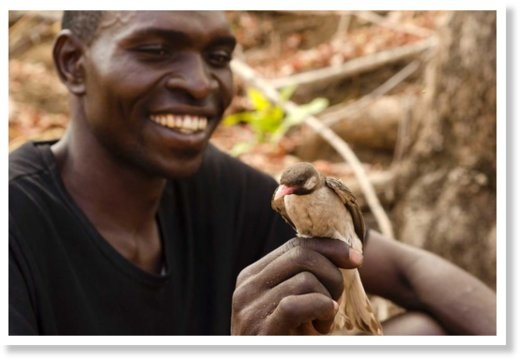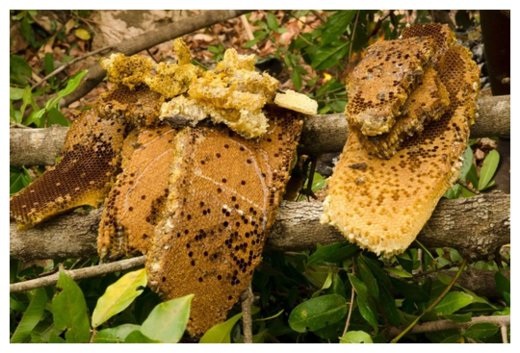In return, the greater honeyguide (Indicator indicator), which feeds from bees' nests, eating eggs, larvae and beeswax, relies on their human partner to crack open the hive. "It's a remarkable example of co-operation between humans and a free-living wild animal," Dr Spottiswoode said.
But in a new study of the Yao honey hunters from Mozambique's Niassa National Reserve, published today in Science, Dr Spottiswoode and her colleagues show the interaction has an extra dimension. Not only do the Yao honey hunters follow the birds' call to guide them to the hive, the birds themselves seek out the specific call made by the hunters to initiate the hunt. "Yao honey hunters searching for honeyguides, or wanting to maintain a honeyguide's attention as they follow it through the bush, give at intervals a loud trill followed by a grunt — 'brrrr-hm!'," Dr Spottiswoode said. "They make this sound only in this context, so it's a reliable signal to honeyguides that a human is looking for bees."


 RSS Feed
RSS Feed